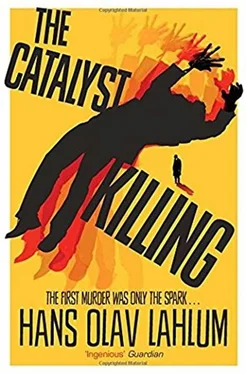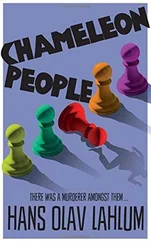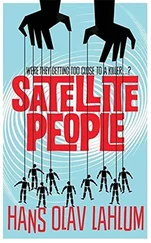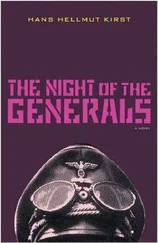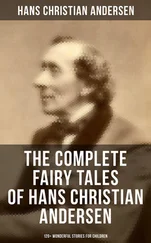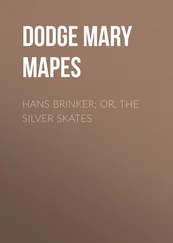And so, just before I fell asleep, I pondered what Patricia had said about the curse of public space, and concluded that the murderer was probably someone else, somewhere else out there in the dark. And I unfortunately had no idea as to how we might find him or her.
DAY THREE: More answers, more questions – and more suspects
I skimmed the newspapers at the breakfast table on Friday, 7 August 1970 and saw that the Mardøla protests still dominated the headlines, following an attack on the protestors’ camp by several hundred reportedly angry Romsdalers the night before. The defence minister had refused to send in troops to remove the activists, but a large group of policemen were on their way to prevent any further scuffles. Otherwise, the debate about Norway’s membership of the EEC had intensified after a speech given to Norway’s Rural Youth by the Conservative Party and parliamentary leader, Kåre Willoch, where he had highlighted the EEC negotiations as an important national concern that everyone should support.
Aftenposten and Arbeiderbladet both carried a matter-of-fact report about Marie Morgenstierne’s death at Smestad. Both papers had found out that ‘the well-known Detective Inspector Kolbjørn Kristiansen’ had been given responsibility for the investigation and Aftenposten had, ‘based on previous experience, every hope that the case would be solved and those responsible arrested within a week’.
I put the papers to one side and set off for Kjelsås to start my working day. I still harboured a small hope that the flat where Marie Morgenstierne had lived might contain something to reveal the identity of her murderer.
Getting in proved to be no problem at all. One of the keys from Marie Morgenstierne’s wallet fitted the outside door. The caretaker was at his post and had read about the murder – and about me – in the newspaper, so immediately jumped up when I knocked on the door to his flat on the ground floor. He confirmed that the other key from Marie Morgenstierne’s wallet was to her flat. The only real challenge was to stop him coming in with me. In the end I managed to solve this by promising to come and get him if he could be of any help. He stayed outside the door just in case.
Once inside, my greatest problem was finding anything of any relevance in the flat. All my hopes were initially thwarted. Marie Morgenstierne had apparently been a tidy tenant, and there was not much of a personal touch in the flat. There were a couple of rather traditional paintings on the walls and three framed photographs of her and Falko, including an engagement picture, on the chest of drawers. Otherwise it seemed to be an entirely functional flat. Everything one expected to find in a single woman’s flat was neatly in place here – and nothing more.
Marie Morgenstierne had a bookshelf full of textbooks on politics and other political literature, including a series of selected works by Marx and Engels. And she had a respectable number of literary works on another bookshelf. She had a fair amount of clothes in the wardrobe in the bedroom, but less make-up in the bathroom than one might expect to find for a young woman of her age. There was no form of contraception anywhere, nor any other indication that she had a new boyfriend or lover in her life. Nor were there any personal letters or diaries that might cast light on the case. In short, there was absolutely nothing to point me in the direction of who it might have been who had shot the woman who lived here two days ago.
I found only one thing of any interest in the late Marie Morgenstierne’s flat. And although it was very interesting indeed, it was hard to gauge how important it was.
Under the pillow on Marie Morgenstierne’s bed was a small white envelope that had been both franked and postmarked. Her name and address were typed on the front. There was no sender’s name or address on the back.
My first thought was that it was perhaps a love letter from a new lover or admirer. However, what was written on the piece of paper inside the envelope was again typed, and was short and to the point:
‘Was it you who betrayed Falko? If so, the time has come to confess your sins and tell the truth before 1 August, or else…’
The sheet of paper was small and white, and could have been bought in any bookshop. And the typeface was the most usual kind. I did not believe for a moment that the sender had left any fingerprints on the paper, or that there was anything more to be gained from it.
I stood in the late Marie Morgenstierne’s bedroom with the letter in my hand and pondered whose hands had danced over the keys when the letter was written. Marie Morgenstierne had been sent a warning not many days before she died. The letter was not dated, but the postmark said 20 July 1970.
Rightfully or not, someone had this summer not only accused Marie Morgenstierne of high treason, but had also issued a threat and given her a deadline, which it would appear had not been met.
To me, the letter was at last evidence of a connection between her death and Falko Reinhardt’s disappearance. The problem was that we faced what Patricia had called the curse of public space. In theory, more or less anyone could have written and sent the letter. In practice, I watched the faces of Trond Ibsen, Kristine Larsen, Anders Pettersen, Arno Reinhardt and Astrid Reinhardt flash through my mind in quick succession.
The caretaker was still waiting outside the door in anticipation, but could not be of much help. He had heard about the tenant’s extreme political views from a cousin who was in the union, but had not seen evidence of them himself. She had been an exemplary tenant and, to his knowledge, had observed all the house rules. As far as guests were concerned, the caretaker apologized that it was not always easy for him and his wife to know all the comings and goings, as tenants had their own front door keys and could in practice let anyone in as long as they were quiet. Falko Reinhardt’s face was familiar to him from the newspapers, and both the caretaker and his wife had seen him there several times before he disappeared. The only other guest they had seen in the past couple of years was a long-legged, young blonde woman whom he might say was rather attractive. I nodded and noted that, reasonably enough, Kristine Larsen had been here.
The caretaker could not remember having seen any other friends. To my relief, he looked slightly bewildered when I asked him if he had at any point seen a young woman who read books as she walked.
There was one thing of interest that the caretaker could tell me about the deceased tenant. And it was of great potential interest. On several occasions that spring, both he and his wife had thought they heard unknown footsteps on the stairs that stopped on the first floor, and Marie Morgenstierne’s flat was the only one on that floor that was inhabited. They had both, a couple of times, caught a glimpse of someone they thought was the visitor as he left the building. If it was he, the guest was taller than average, but they could not say much more as he had left in the dark and was wearing a hat and coat. The caretaker was fairly sure that he or his wife, or both of them, had heard the footsteps on three or four occasions – the last time being only a week or so ago.
I remembered Patricia’s conclusions from the night before. So I asked if it was possible that this guest might be Falko, as they remembered him.
The caretaker raised his eyebrows, thought about it for a while, and even went in to ask his wife. In the end, however, he reluctantly had to confess that they could not say yes or no to that. There were so many footsteps to remember in the building and it was a long time since they had heard Falko’s, he explained, apologetically.
Читать дальше
